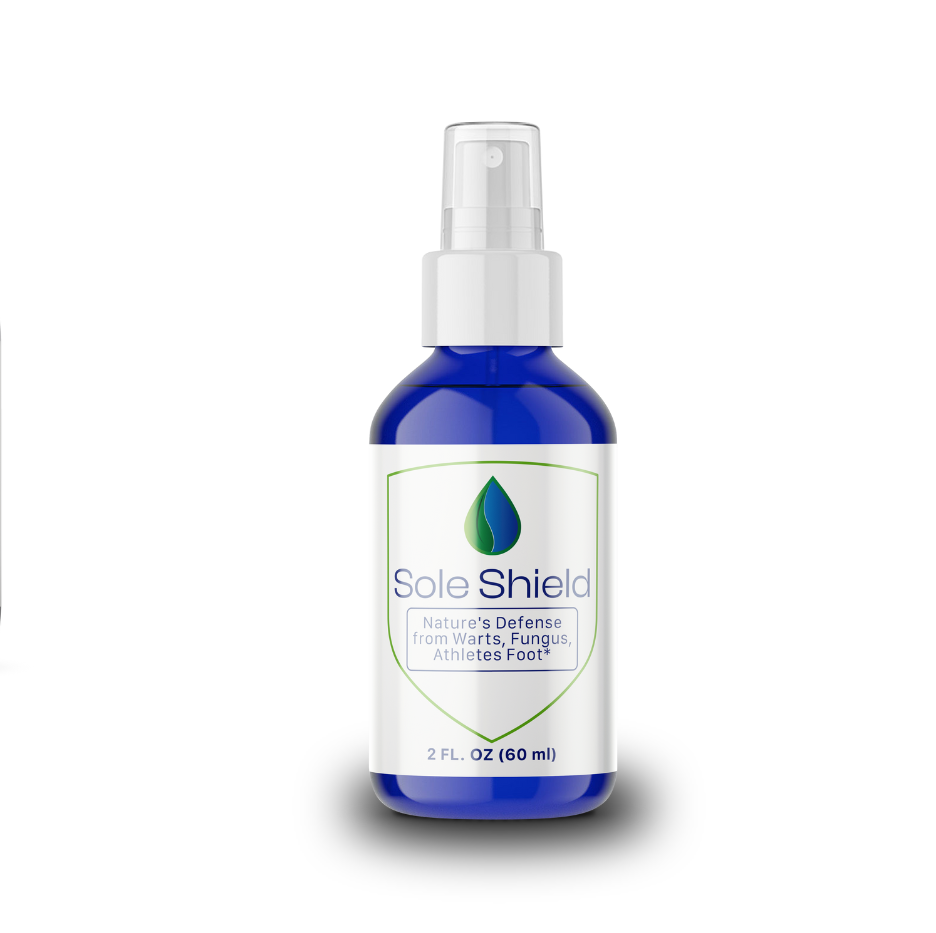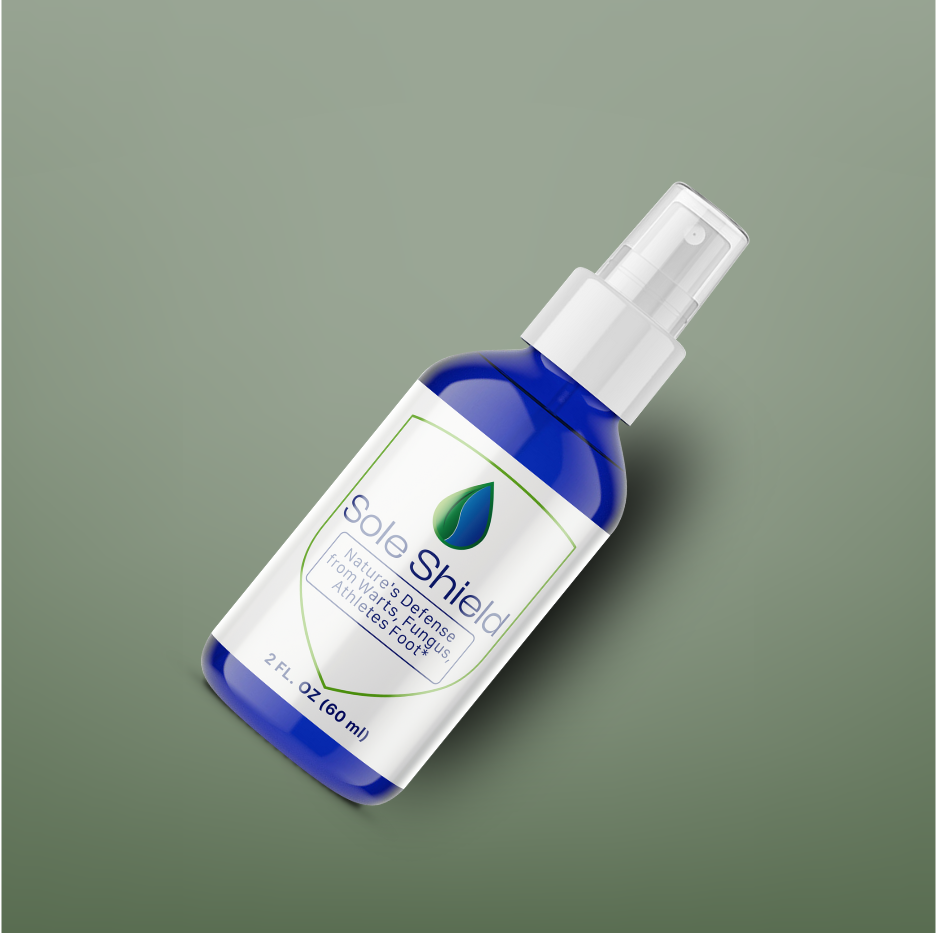Imagine taking off your shoes after a long day and seeing that your toenails have turned green. No one wants to see this. A green nail syndrome is unwelcome yet it can show up despite our efforts to care for our feet.
In this blog post, we are going to define what green toenails are as well as discuss the numerous options available when it comes to their treatment. From simple home remedies to advanced treatments, we have you covered.
Therefore, let’s get ready to find out how to eliminate that fungal infection and return your feet to good health again!
Understanding Green Nail Syndrome
You may be familiar with Bacterial Nail Infection (BNI), but I think Green Nail Syndrome (GNS) is new to you. Greenish discoloration of nails particularly affecting toenails is characteristic of GNS which arises from bacterial or fungal infection; Pseudomonas aeruginosa being the most common causative agent. This will help you understand everything about this disease including how it comes about, its diagnosis, and management.
What Causes GNS?

- Pseudomonas aeruginosa
- Moist Environments
- Fungal Infections
Over-the-Counter Treatments
Green Nail Syndrome (GNS), often resulting from Pseudomonas aeruginosa infection, gives rise to a characteristic green discoloration of nails that primarily occurs on the toenails. However, mild GNS cases can be effectively managed using several over-the-counter (OTC) treatments without seeking medical attention; in severe situations, though it is necessary to see a doctor.
Thus, here we have an overview of OTC options:
Topical Antibiotics are usually used as the first line of defense against bacteria that cause Green Nail Syndrome. For example, Neosporin ointment with neomycin sulfate USP 3.5mg/polymyxin B sulfate USP 10,000 units/bacitracin zinc USP 400 units/gm is applied right onto diseased nails.
These antibiotics work by directly attacking bacteria that cause a green color on infected nails’ surface; another good choice is bacitracin which helps prevent the growth of bacteria and promotes healing.
Good Nail Hygiene

Good nail hygiene is important when treating GNS. Using antiseptic solutions like hydrogen peroxide or acetic acid will help you cleanse that part well too.
Hydrogen peroxide acts as a disinfectant for both your skin around your nail bed and actual nail bed whereas diluted acetic acid makes an environment unfavorable for bacterial growth in general.
Antifungal Creams
Antifungal creams can be helpful in cases where there might be involvement or suspicion of fungal infections. Green Nail Syndrome is predominantly a bacterial problem, but products that contain clotrimazole or miconazole can help with any secondary nail fungus or other related fungal issues. Applying these creams to nails that are clean and dry will work for both fungi and bacteria.
To treat this condition as well as prevent it, some nail hygiene is necessary. Antimicrobial nail soaks can help to keep the infected nails clean and decrease the chances of additional infection. Moisturizing creams applied around the nails also protect against dryness and cracking which could otherwise allow bacteria in.
Preventive measures play a great role too. Foot antiseptic sprays and foot powders may reduce moisture levels and reduce bacterial colonization. Regular use of these products can prevent the accumulation of moisture that favors bacterial and fungal growth.
Prescription Medications for Green Nail Syndrome

Oral Antibiotics
In severe cases where topical treatments fail due to lack of response oral antibiotics are often used for green-nail syndrome sufferers. This group fights Pseudomonas aeruginosa systemically thus addressing the bacterium’s localization at the nail level.
Oral Ciprofloxacin targets Pseudomonas aeruginosa bacteria causing some forms of GNS resulting from bacterial infections while at the same time being ideal for treating both acute and chronic infections.
Topical Antibiotics
Topical antibiotics may be prescribed if the infection is localized or limited to the nail plate and surrounding skin only. This type of drug treatment will target specifically those parts of the infected nails, thus dealing effectively with the infection.
Topical antibiotic ointments, such as mupirocin or retapamulin can be applied for localized bacterial infections and to alleviate green discoloration accompanying GNS. Apply the topical antibiotic over the entire nail plate and surrounding skin according to your doctor’s orders.
Topical Antifungal Medications
In cases where there is a mixed infection involving both bacteria and fungi or if a fungal infection is suspected, topical antifungal treatments might be prescribed alongside antibiotics. These drugs will help eliminate fungus while also preventing any secondary fungal infections of various types. Some commonly used antifungals include:
- Ciclopirox: This antifungal lacquer should be used on affected nails to deal with fungal elements involved in this condition.
- Efinaconazole: Another efficient antifungal that can be employed in case of nail infections.
Home Remedies & Natural Treatments for Green Nail Syndrome

Greenish discoloration is one of the noticeable features of Pseudomonas aeruginosa infections which cause Green Nail Syndrome (GNS). While medical treatment is necessary in extreme cases, there are several home remedies and natural cures that can help treat mild forms of GNS.
Vinegar Soaks
The acetic acid found in vinegar has some antimicrobial properties that may help manage mild bacterial infections. A vinegar soak creates an acidic environment less conducive to bacterial growth.
Apple Cider Vinegar Soak: Combine apple cider vinegar and water in equal ratios. Keep soaking the affected nails in this solution for 15 to 20 minutes every day. The acidic nature of apple cider vinegar will help to inhibit the growth of Pseudomonas aeruginosa and other bacteria.
Hydrogen peroxide
Hydrogen peroxide can also be used as an effective antiseptic alternative to reduce bacterial load and clean the affected area. Its application helps to sterilize both the nail plate and surrounding skin.
Tea Tree Oil
Tea tree oil is well recognized for its properties against fungus and bacteria which are responsible for infection and green discoloration associated with GNS.
Dilute tea tree oil with another oil such as coconut oil (1-2 drops of tea tree oil per tablespoon of carrier oil). Smear this combination on the infected nail surface as well as nearby skin twice or once every day. This is beneficial because it manages pseudomonas nail infections leading to better nail health.
Garlic
Garlic possesses natural qualities that combat mild bacterial infections, having elements that fight off organisms like Pseudomonas aeruginosa.
Crush a few garlic cloves into a paste and rub it directly onto the affected nail. Leave on for approximately twenty minutes before washing off. Garlic reduces bacterial growth thus promoting the healing process.
Baking Soda
Baking soda is a versatile substance useful for neutralizing acids as well as reducing moisture, which may serve in the prevention of bacteria or fungi from growing.
Blend baking soda with a small amount of water forming a paste. Smear this paste on the afflicted fingernail surface for fifteen minutes, then rinse it off. It dries up any excess moisture thereby stopping bacterial growth at bay.
Essential Oils
Apart from tea tree oil, oregano oils, and eucalyptus oils have natural properties that can help treat green nail syndrome involving fungus and bacteria.
Iodine-Based Treatments for Green Nail Syndrome

The povidone-iodine solution often used in the medical field is acknowledged as one of the most effective antiseptics with its full spectrum range of activity against various causative agents such as Pseudomonas aeruginosa. It can also be a great treatment for nail infections since it is known to disinfect wounds in medical settings.
First, apply the povidone-iodine solution directly onto the infected nail and around it. This will help decrease bacterial load and manage pseudomonas green nail syndrome. Apply once or twice a day to the affected area, allowing enough time for it to dry before covering or exposing it to moisture again.
Iodine Tincture
Another iodine-based treatment that can be effective in healing and managing infections is iodine tincture although not as commonly used as povidone-iodine in some cases of nail infections.
Get a small amount of iodine tincture on cotton wool or swab it and gently apply this onto the nail plate together with the nail bed. It serves to sterilize this region when applied every day, especially in cases when they are infected by bacteria.
Iodine-Based Ointments
Iodized creams are a combination of iodized bases that provide longer-lasting applications and may be helpful with local infections.
Directly apply the ointment to the affected nails and surrounding skin. The ointment moisturizes the area, while also giving it some anti-bacterial properties towards bacteria such as Pseudomonas aeruginosa. Apply as directed, usually one or two times a day.
Iodine Foot Soaks
For larger areas of infection such as multiple toenails, iodine foot soaks may be useful. This allows for uniform exposure to iodine by the infected nails.
Use EZ Clear Nails to Cure Toenail Fungus

If you are combating toenail fungus, you will want a treatment that works well and is user-friendly too. The 100% Pure Iodine Soak by EZ Clear Nails provides an effective solution that is natural and helps treat toenail fungus quickly.
Here’s why EZ clear nails can be your best bet on how efficiently use it:
Directions for Use
EZ Clear Nails was made in a manner that ensures anyone using it does not have to struggle much to achieve consistent daily treatment. Follow these steps for optimum results:
- Prepare the Toe Pan: Begin by placing your toes inside the provided Toe Pan thus making sure that they all are immersed in the treatment solution.
- Pour the Liquid: Pour 100% Pure Iodine Soak into the Toe Pan up to where your toenails are entirely submerged in it because this lets iodine go deeply through those diseased nails and skin around them.
- Soak Your Toes: For best results, soak your toes in the iodine solution for 15 minutes, three times a week. This routine will ensure that the iodine works well against fungal infections and helps you have stronger nails.
- Allow to Air Dry: Finally, after soaking, ensure that your toes completely dry out by air. It is important to prevent moisture accumulation at this stage which could aggravate further growth of fungus.
Frequently Asked Questions (FAQs)
Does Green Nail Syndrome Spread?
Green nail syndrome is not usually thought of as a highly contagious condition, but it can be passed on through direct contact or the sharing of contaminated items.
Can Green Nail Syndrome Be Prevented?
Certainly, green nail syndrome can be prevented by maintaining good hygiene and keeping nails clean and dry. Furthermore, one should avoid using tools or equipment that are shared since they may contain bacteria or fungi.
How long do treatments take to work?
Depending on how bad the infection is and the person’s constitution, treatment may successfully operate in different durations. Some individuals will start seeing improvement within weeks while others may need several months of therapy before showing results.




